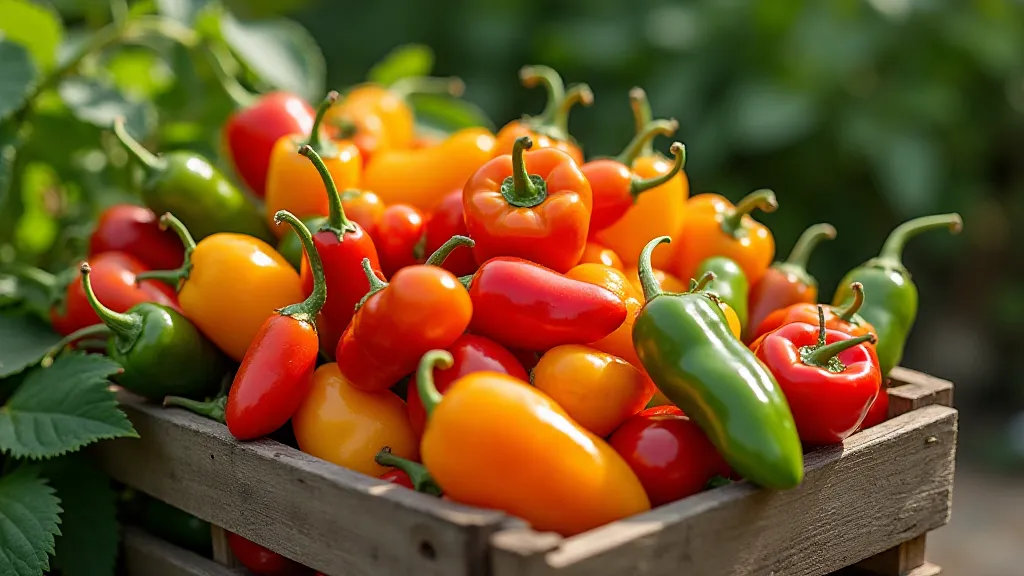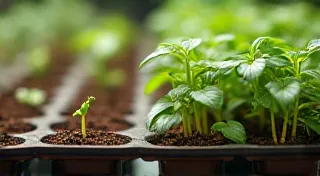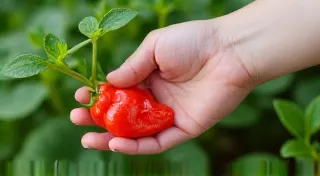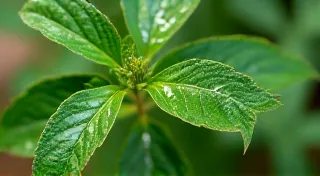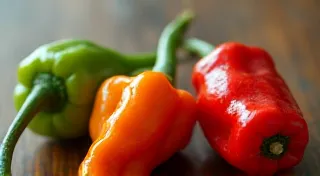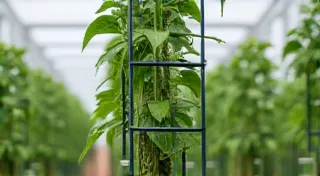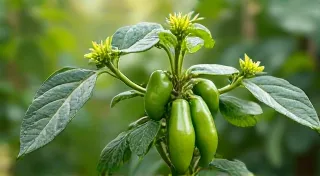Watering and Feeding: Nurturing Your Specialty Pepper Plants
Growing specialty peppers like ghost peppers and scotch bonnets can be incredibly rewarding, but they require a bit more attention than your average bell pepper. A crucial element of success lies in consistent watering and proper feeding. These plants, with their fiery potential, demand specific care to thrive and produce those prized fruits. This guide will break down the best practices for watering and fertilizing your pepper plants, ensuring they grow strong and healthy.
Watering Your Specialty Peppers: The Right Approach
Unlike some plants that tolerate occasional dryness, specialty peppers thrive on consistent moisture. However, there's a delicate balance to achieve – too much water can lead to root rot, while too little can stunt growth and reduce fruit production. Here's a breakdown of watering techniques:
- Frequency: Aim to water deeply 2-3 times per week, depending on your climate and soil type. Hot, sunny days will require more frequent watering.
- Depth: Water thoroughly, ensuring the soil is evenly moist down to a depth of at least 6 inches. This encourages deep root growth, making your plants more resilient.
- Method: Water at the base of the plant to avoid wetting the foliage, which can promote fungal diseases. Drip irrigation or soaker hoses are excellent choices.
- Soil Moisture: The best way to gauge watering needs is to check the soil moisture. Stick your finger about an inch or two into the soil. If it feels dry, it's time to water.
- Consider the Stage: Young plants need more frequent watering than established plants. During flowering and fruit development, the plants' water requirements will increase.
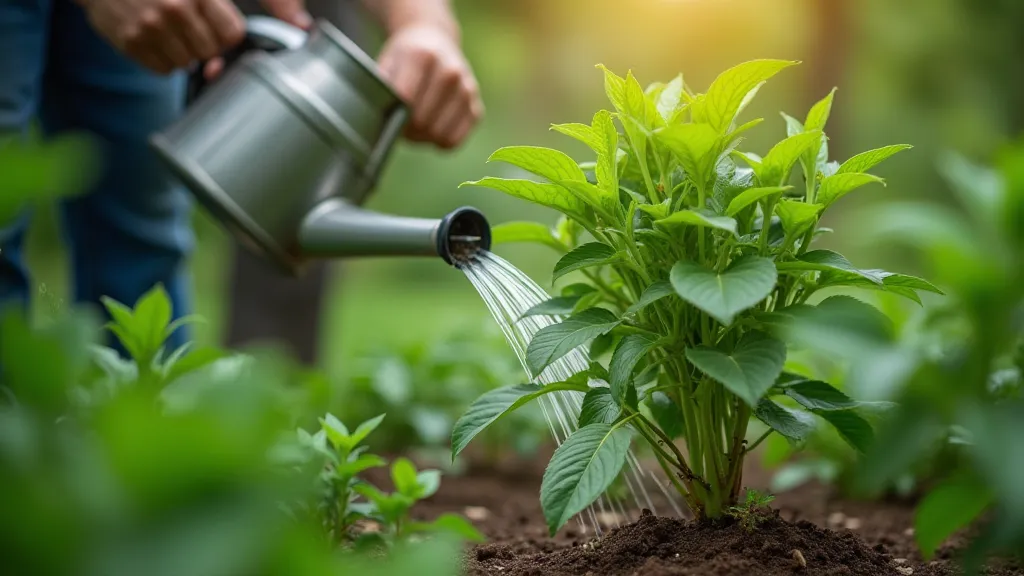
Feeding Your Specialty Peppers: A Nutritional Boost
Specialty peppers are heavy feeders, meaning they require a consistent supply of nutrients to support their vigorous growth and abundant fruit production. Here's a fertilization schedule and some tips:
- Pre-Planting: Incorporate compost or well-rotted manure into the soil before planting. This provides a slow-release source of nutrients.
- Initial Feeding (2-4 Weeks After Planting): Use a balanced, water-soluble fertilizer (e.g., 10-10-10) diluted to half strength. This provides a boost as the plants establish themselves.
- Flowering & Fruiting (4-6 Weeks After Planting): Switch to a fertilizer with a higher phosphorus content (e.g., 5-10-5) to promote flowering and fruit development. Continue to apply every 2-3 weeks.
- Micronutrients: Specialty peppers can also benefit from micronutrient supplements, especially if your soil is deficient. Look for products containing magnesium, calcium, and zinc.
- Organic Options: Fish emulsion, seaweed extract, and compost tea are excellent organic fertilizer options that provide a slow-release source of nutrients and beneficial microbes.
- Avoid Over-Fertilizing: More isn't always better. Over-fertilizing can lead to leggy growth, reduced fruit production, and even nutrient burn.
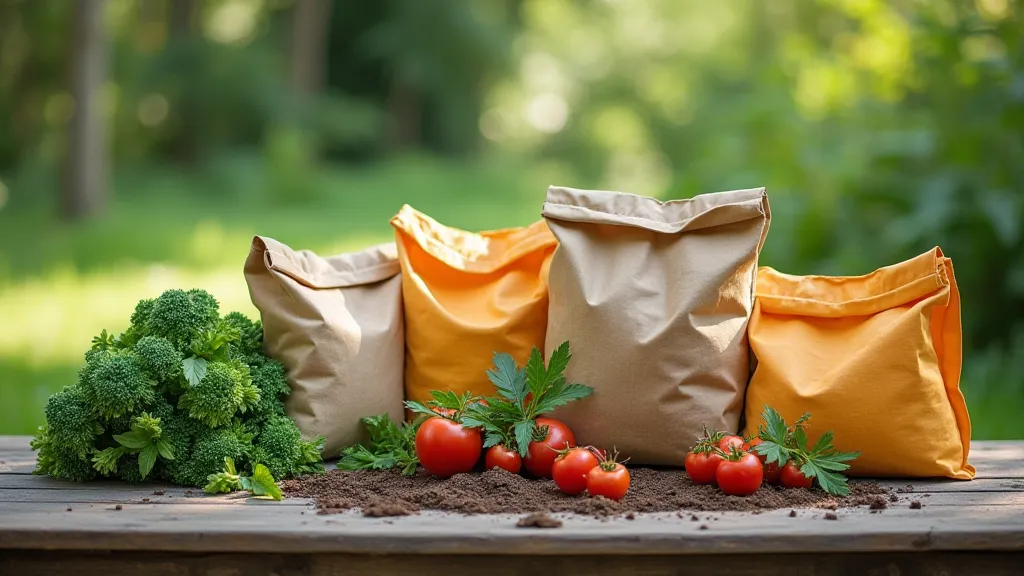
Troubleshooting Common Issues
Yellowing Leaves: Can indicate a nutrient deficiency (often nitrogen) or overwatering. Adjust your fertilizer schedule or watering frequency accordingly.
Stunted Growth: May be a sign of insufficient sunlight, nutrient deficiency, or root problems. Ensure your plants are receiving adequate sunlight and adjust your fertilization schedule.
Blossom End Rot: A calcium deficiency. Ensure consistent watering and consider adding calcium supplements to the soil.
Conclusion
Providing the right amount of water and nutrients is an investment in the health and productivity of your specialty pepper plants. By following these guidelines and observing your plants closely, you’re well on your way to harvesting a bountiful crop of fiery, flavorful peppers.
